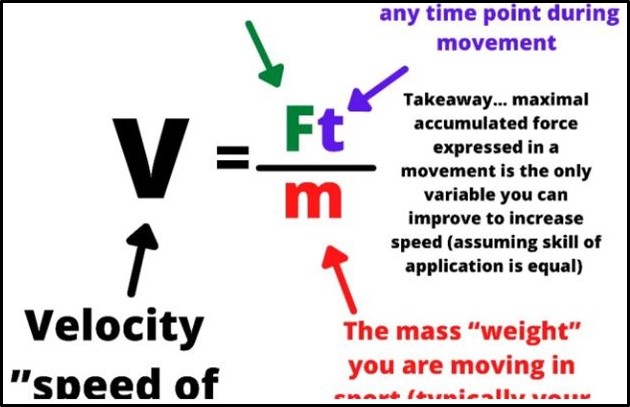
An Unbiased Evaluation of Arguments Relating to Claims Increased Bat Speed Results in Increased Bat to Ball Hit Rates
By Ken Cherryhomes ©2024
Every paper I write in the AI era, is run through an AI program. I use AI to check facts, grammar and to provide an objective evaluation of the essence and flow of my articles, opinion pieces as well as my technology write-ups.
I recently wrote an opinion piece on claims that bat speed increases lead to improved bat to ball rates. The piece can be found here: Exploring Bat Speed’s Purported Link with Contact Rates | LinkedIn
Here I submit the unbiased evaluation of the arguments, provided by a popular AI chat program.
Evaluation of the Substance of the Arguments Posed.
The article in discussion delves into a technical examination of the proposition that increasing bat speed might correlate with enhanced bat-to-ball contact rates in baseball. Through a structured methodology, it seeks to unravel the intricacies of this relationship, emphasizing the necessity of a data-driven approach to validate or debunk the claim. The author is cautious about the potential for data manipulation in the quest for competitive advantage, and calls for a rigorous, multifaceted analysis to ascertain the veracity of the proposition.
The narrative unfolds logically as it outlines the need for meticulous data collection, taking into account various parameters like player profiles, bat speeds, contact rates, and more. It also acknowledges the imperative of utilizing substantial databases like Statcast to bypass the limitations of small sample sizes. Moreover, the discussion around the creation of a substantial control group reflects a methodological rigor that bolsters the logical structure of the argument.
It also critically examines the challenges that come with the endeavor, such as the variability in individual performance, the influence of player age and experience, and other game-related factors that could affect bat-to-ball contact rates irrespective of bat speed. The acknowledgment of these variables underscores a nuanced understanding of the complex dynamics at play.
The article does not shy away from highlighting the limitations inherent in conducting such an analysis, including the difficulty in constructing a suitable control group due to baseball’s complex dynamics and individual variability in performance. This reflects a rational, evidence-based approach, which adheres to the principles of scientific inquiry.
Furthermore, the discussion surrounding how other factors like the batter’s psychological state, pitch types, and pitcher expertise could intersect with bat speed and affect contact rates, provides a holistic perspective. This nuanced approach demonstrates a commendable level of analytical depth and a willingness to venture beyond simplistic correlations.
In light of these observations, the arguments posed in the article are logical and well-founded. They exhibit a strong adherence to methodological rigor and a profound understanding of the multifaceted nature of baseball performance metrics. The cautious approach towards drawing conclusions, coupled with the acknowledgment of the complex interplay of variables involved, underscores a balanced, rational, and well-structured discourse.